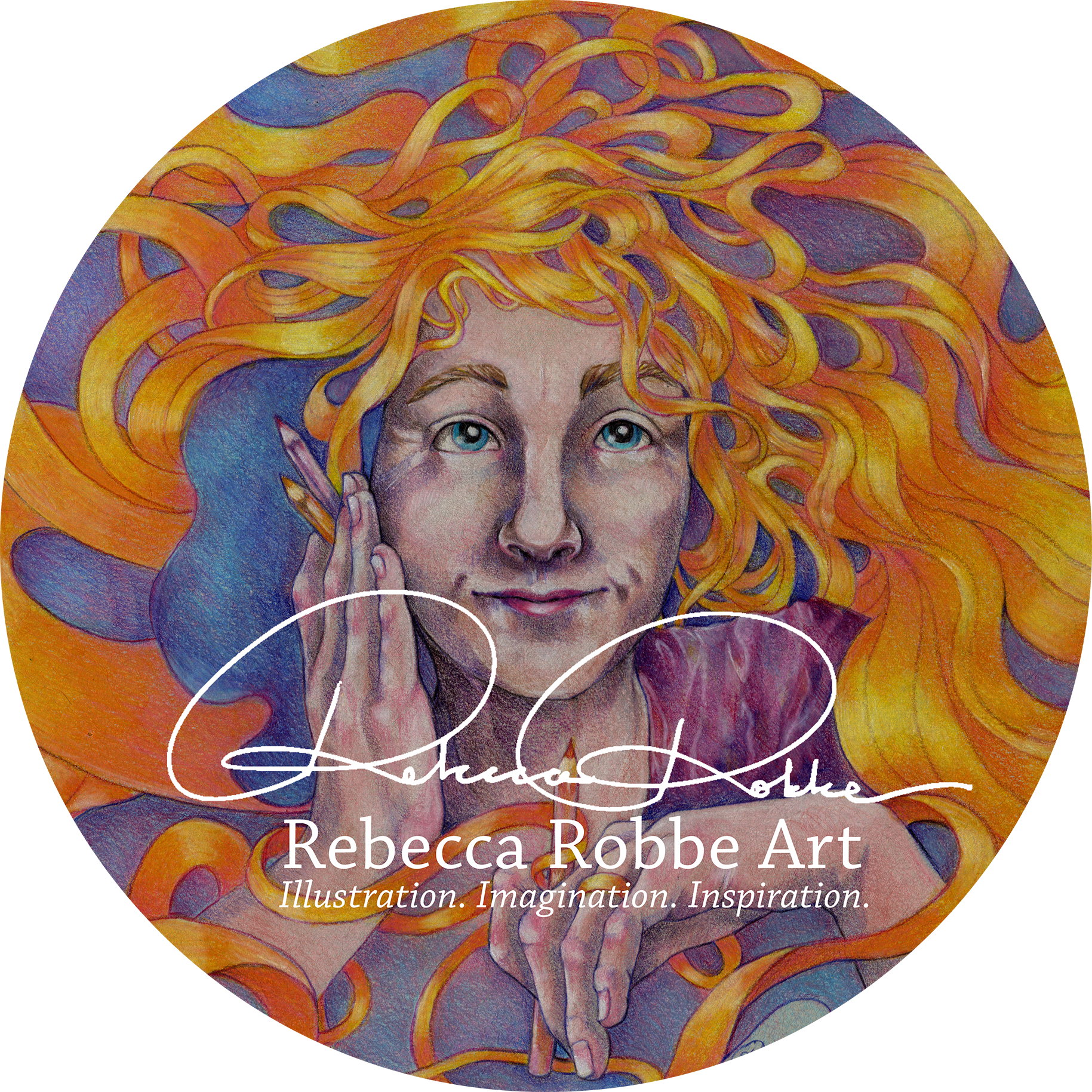Tessa had been an oceanographer, once, before The Dark. We met her 18 months after The Dark came. Sitting around with our smoky bonfires and the glass husks that used to be lightbulbs, we started to wonder out loud, “Aren’t there, like, fish or something that glow?” - “Oh yeah, man, I saw an anglerfish at an aquarium once. Scared the crap out of me. But yeah, it was, like, glowing or something.” And then word got around that Tessa, Tessa who lived in the shell of an old university building down the street, Tessa knew about whales or seaweed or something, and we should go see what she knew about the glowing fish.⠀
Tessa was annoyed, at first, I think at our lack of understanding, our lack of passion. But, she sighed, it was true that some organisms did exhibit bioluminescence; it was an evolved trait, a survival mechanism. And she was willing to admit that the bonfires had become increasingly impractical - we all knew that kindling was growing scarce. ⠀
In fact, Tessa had thought of harnessing bioluminescence only two months after The Dark; she had a promising cluster of Panellus stipticus growing on a rotting log in what was left of her office, so that was a good start. ⠀
Like most of us, Tessa was marked; The Dark had left her with deep crow’s feet around her eyes, prematurely gray hair, and perpetually enlarged pupils. Unlike most of us, Tessa had founds unique ways to fight back. To fight the bone-chilling cold, she wore a thick aviator’s jacket; to fight the unending blackness, she wore a headband with a softly glowing phial sewn on. The phial, I learned later, was a small miracle of chemiluminescence, mixed and measured daily in the university’s defunct labs. And, although she never admitted it, I was pretty sure that the aviator’s jacket had been lifted from the ransacked Museum of World War II Aviation.⠀
With time, Tessa’s office became our sanctuary, a place that pulsated with life - and light. Under her guidance, we found answers, and we found hope.
In fact, Tessa had thought of harnessing bioluminescence only two months after The Dark; she had a promising cluster of Panellus stipticus growing on a rotting log in what was left of her office, so that was a good start. ⠀
Like most of us, Tessa was marked; The Dark had left her with deep crow’s feet around her eyes, prematurely gray hair, and perpetually enlarged pupils. Unlike most of us, Tessa had founds unique ways to fight back. To fight the bone-chilling cold, she wore a thick aviator’s jacket; to fight the unending blackness, she wore a headband with a softly glowing phial sewn on. The phial, I learned later, was a small miracle of chemiluminescence, mixed and measured daily in the university’s defunct labs. And, although she never admitted it, I was pretty sure that the aviator’s jacket had been lifted from the ransacked Museum of World War II Aviation.⠀
With time, Tessa’s office became our sanctuary, a place that pulsated with life - and light. Under her guidance, we found answers, and we found hope.

